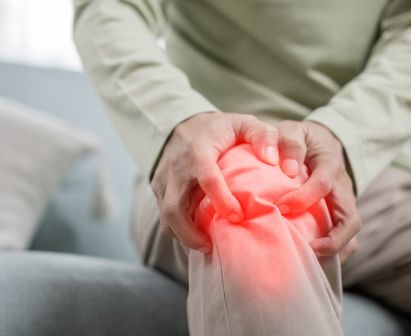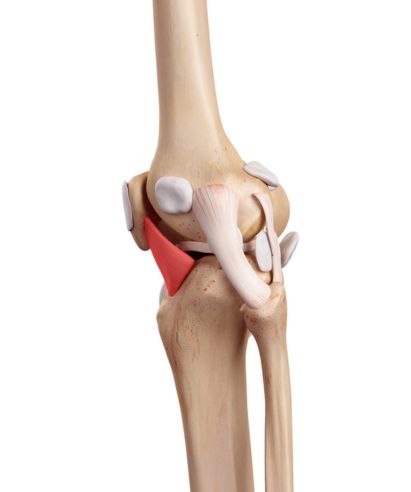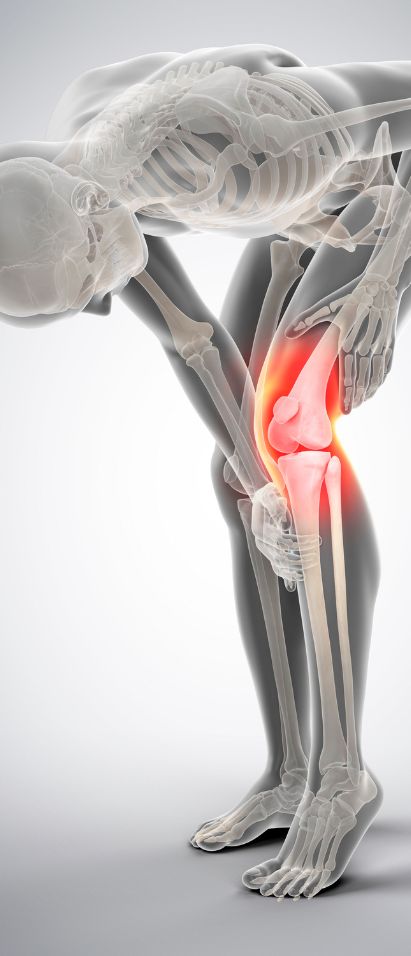Joint Pain
-
Home »
The journey to relieve Joint Pain is never simple. The determining factor is the degree of Pain and injury experienced. Numerous people experience a range of joint issues. After thoroughly diagnosing your condition our experienced ayurvedic doctors will provide your with joint pain treatment in Lucknow.

This condition results in inflammation of the joints for a number of reasons, such as normal aging, trauma or physical activity-related injuries, and the start of autoimmune diseases.
Osteoarthritis can result from the degeneration of the cartilage that cushions our bones as we age. The most prevalent age group for this type of arthritis is middle age, and symptoms include stiffness and Pain in the joints.

Osteoporosis is a common term for the weakening of bones brought on by a loss in mineral mass and density, which increases the risk of fractures.
A disorder known as scoliosis causes the spine to bend sideways instead of straight, creating a S or C-shaped curve.
The body’s bursa, which are tiny fluid-filled sacs, keep your muscles, tendons, and bones from rubbing against one another. Bursitis, a painful and stiffening disorder, is brought on by inflammation of these sacks.

Due to the ongoing growth and development of their bones and joints, children and adults may have different reasons of joint pain. Recognizing these distinctions is essential to accurately identifying and managing any underlying issues.


Joint Pain is frequently accompanied with stiffness and pain in the afflicted joints.
Ayurveda treatment for joint pain is non-invasive, all-natural, and holistic in contrast to other conventional therapies. When administered by a professional, ayurvedic treatments for joint pain and arthritis treatment in Lucknow are typically regarded as safe and do not carry a significant risk of adverse effects
